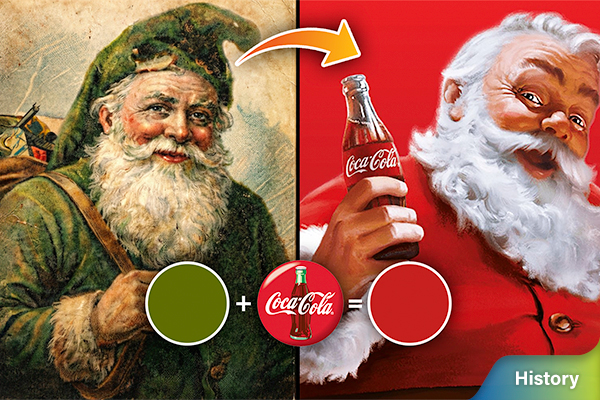The Origin of QWERTY Keyboard
The standard modern keyboard used across all platforms is called the QWERTY keyboard. It was designed by American inventor Christopher Latham Sholes in 1873.
Have you ever noticed while typing on your phones, tabs, and laptops that the alphabets on the keyboard aren’t arranged alphabetically? Next time observe your keyboard, you’ll find that the first six letters in the uppermost alphabet’s row from the left-hand side are Q, W, E, R, T, & Y. But why? Why are the letters arranged in what we call the QWERTY key arrangement? It all started about 200 years ago. Long before the age of computers, people depended on writing with their hands. Letters, documents, accounts, invitations, and everything else were written manually. But this method was very tiring and time-consuming. Therefore, American scientist William Austin Burt invented the first version of the typewriter called the Typographer in 1829. Despite being the first of its kind, Typographers didn’t become commercially popular because of their heavy design, huge size, and functionality. Typographers worked like pianos. Just like how pressing different keys of the piano generates different musical notes, similarly, pressing different levers of Typographers imprinted different letters on the paper. Another problem with the Typographers was that the paper needed to be shifted slightly after every letter for text alignment. Initially, the levers of the typographer were arranged alphabetically but this resulted in levers getting stuck & jammed when two levers were quickly pressed in succession. This was very frustrating for the users because it slowed the typing process. Over the next 4 decades, many other advanced & successful typewriters created by famous American inventors like Samuel W. Soule, Frank Haven Hall & Carlos Glidden faced the same problem. The inventors were forced to rethink the alphabet arrangement on the keys. They needed an alphabetical layout that reduced the chances of keys jamming when used consecutively. That’s when American inventor Christopher Latham Sholes stepped in as the problem solver. Sholes experimented with multiple alphabetical layouts to prevent the keys from jamming. One of the layouts had all the vowels lined up in the uppermost alphabet’s row. Finally, in 1873, Sholes concluded that the best alphabetical layout with the least key-jamming was the QWERTY keyboard. Later, Sholes sold the QWERTY layout to the American Remington Corporation. By 1877 the company started manufacturing & selling typewriters with QWERTY layout. Those typewriters were the first commercially successful typewriters in the world. Since then, very minor changes have been made to Sholes’ QWERTY keyboard. The numbers 0 & 1 that were missing in the layout were added. The letter ‘M’ was shifted from the end of the middle row to the end of the last row. And the position of the letters ‘X’ & ‘C’ was swapped. The QWERTY keyboard with these changes is the keyboard we use today. And, the credit for creating a hands-alternating keyboard layout that has made typing easier & faster by allowing the other hand to prepare to type the next letter while the first-hand types a letter goes to Sholes.







